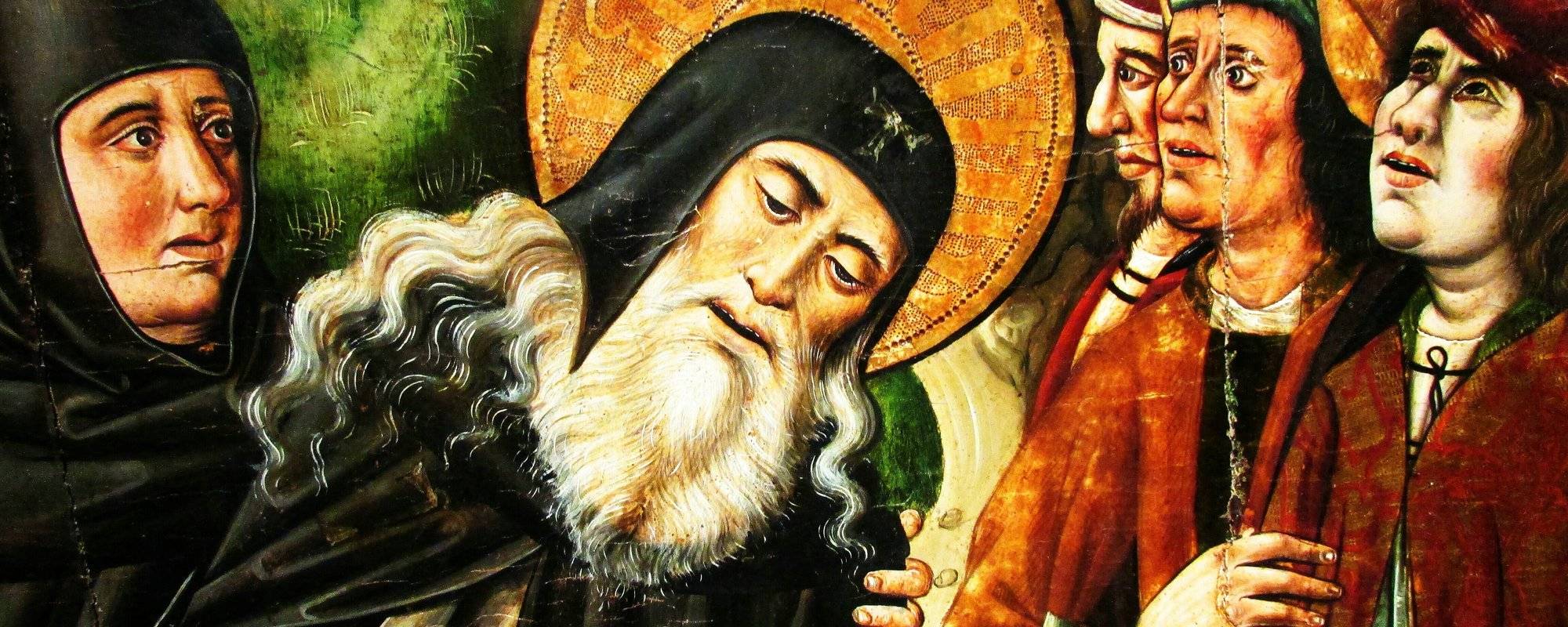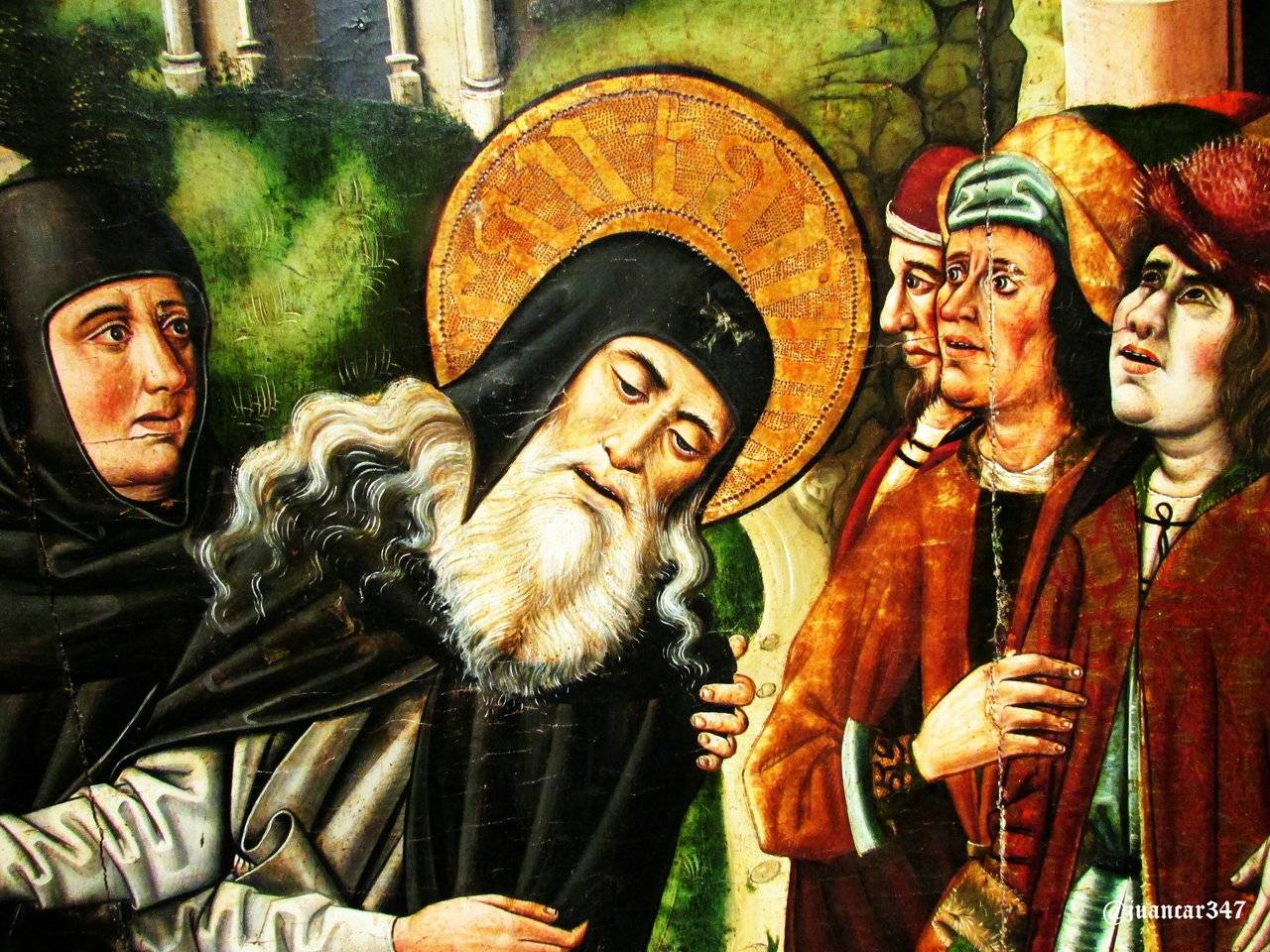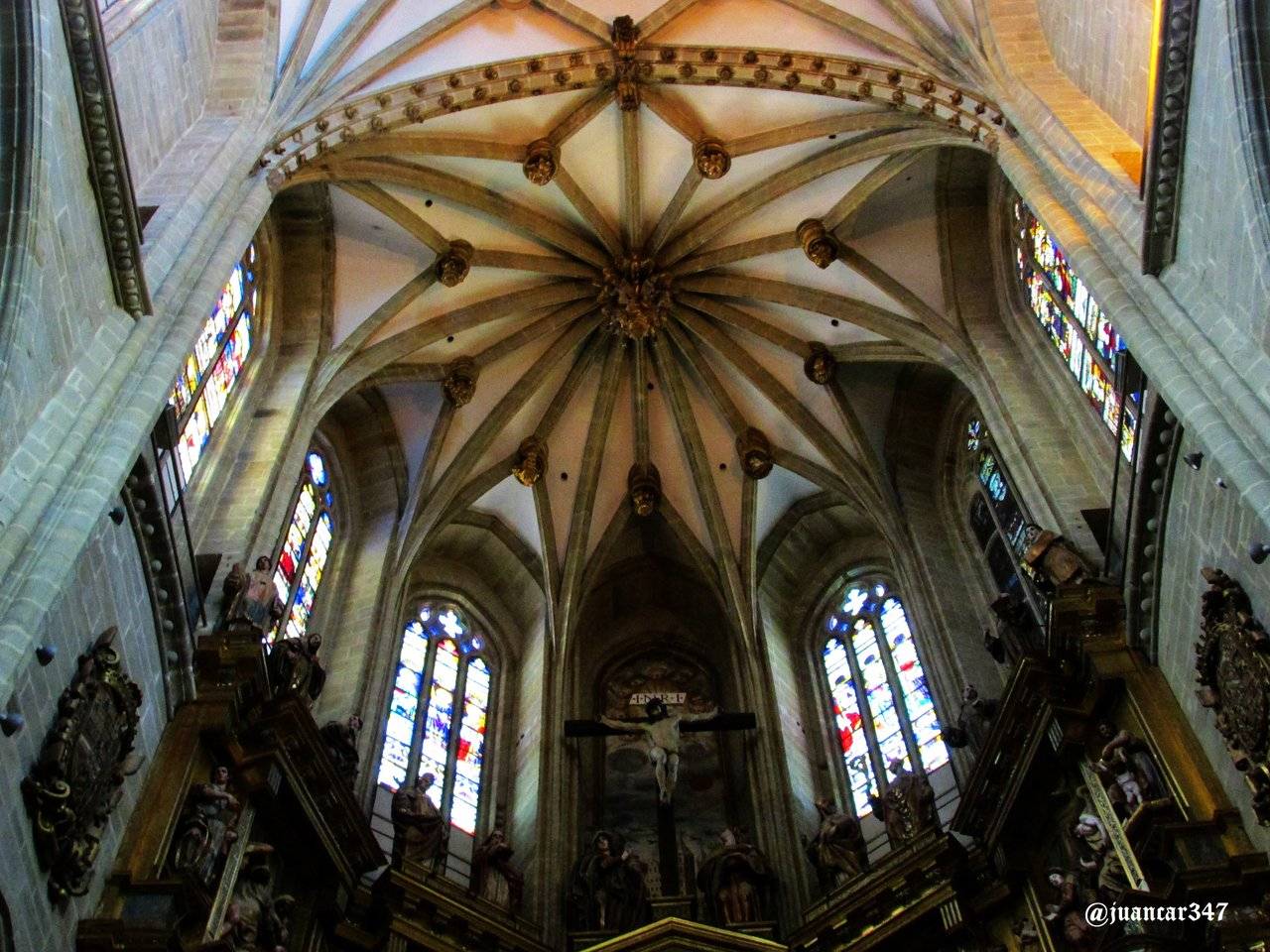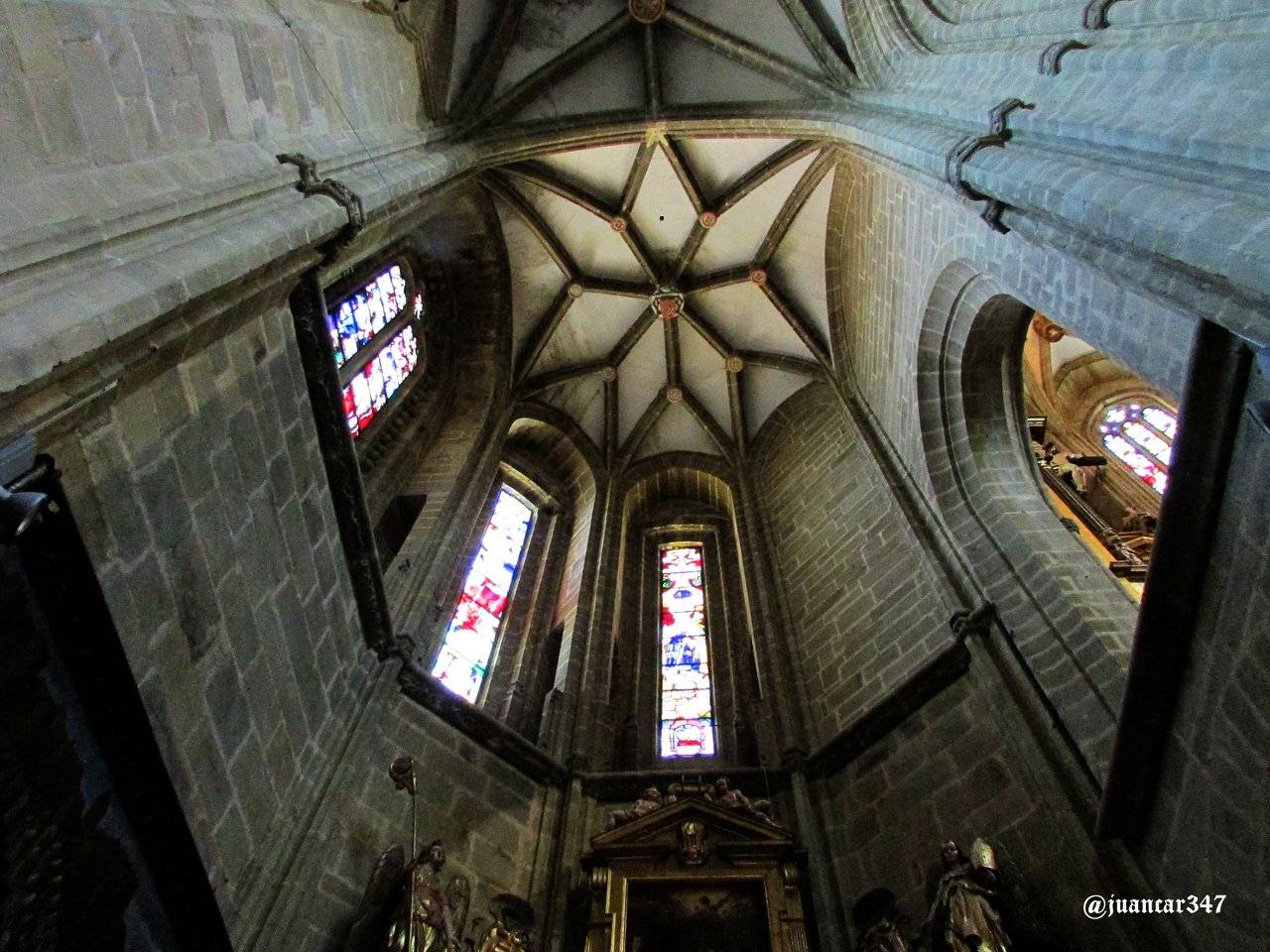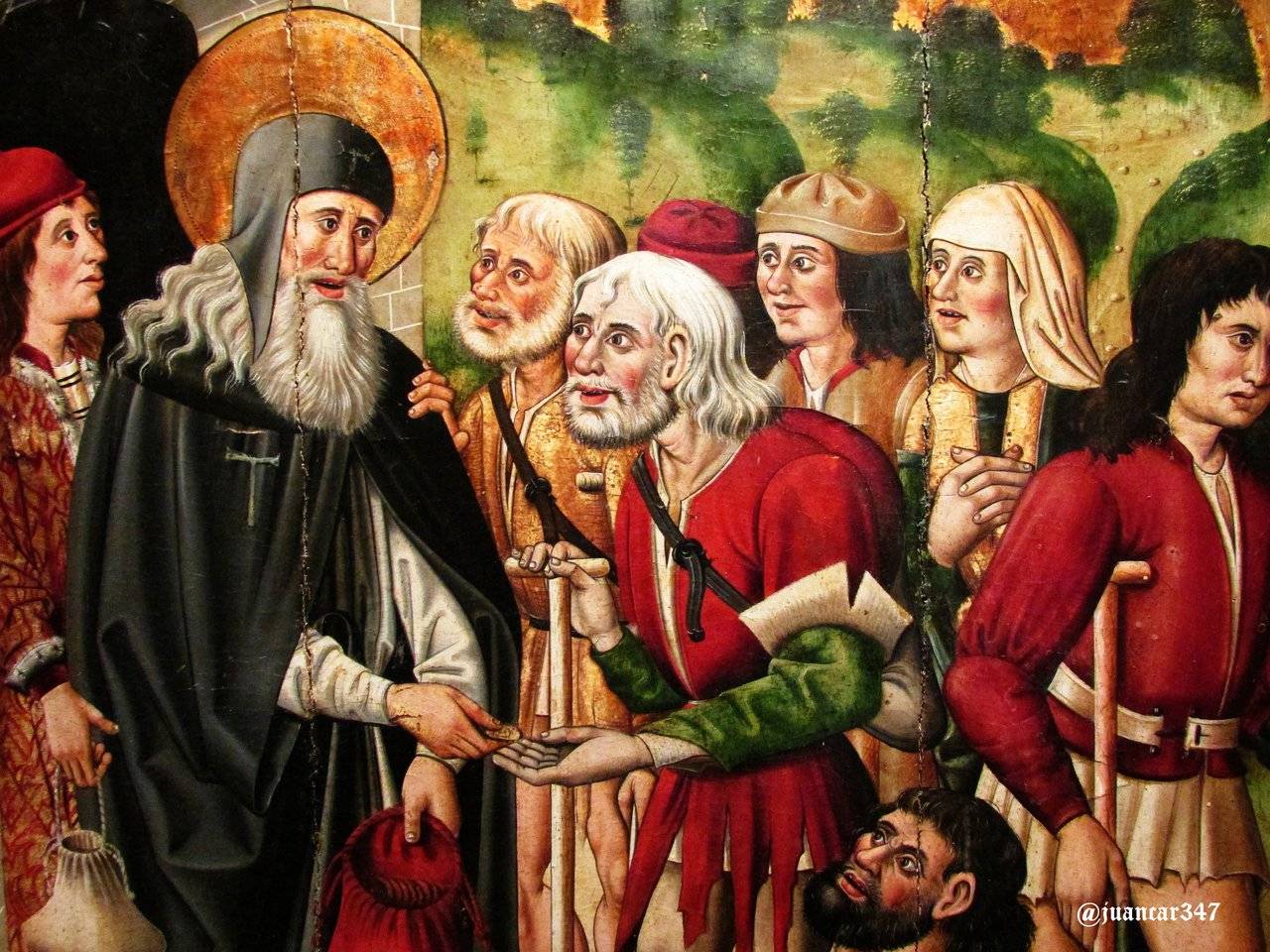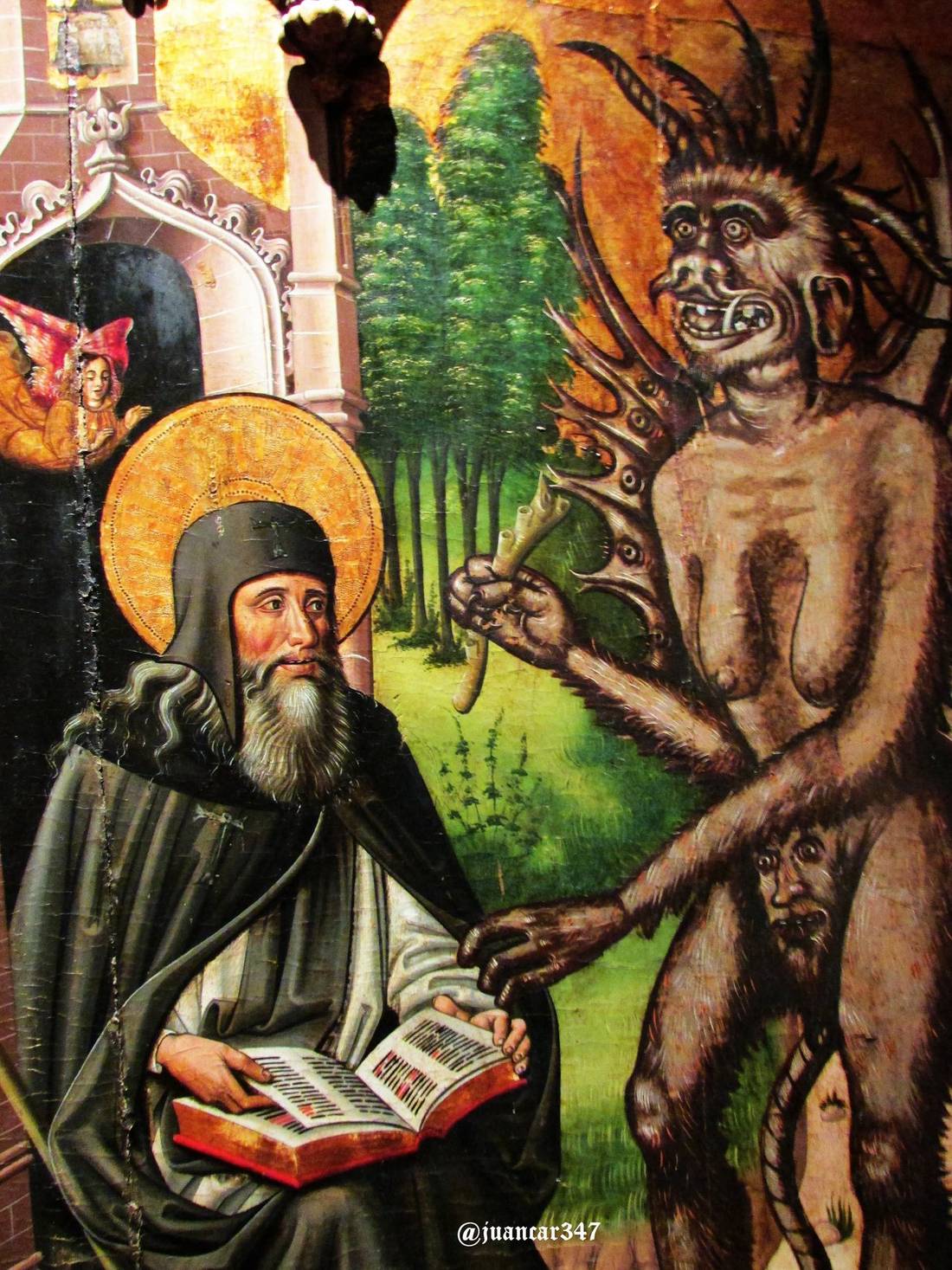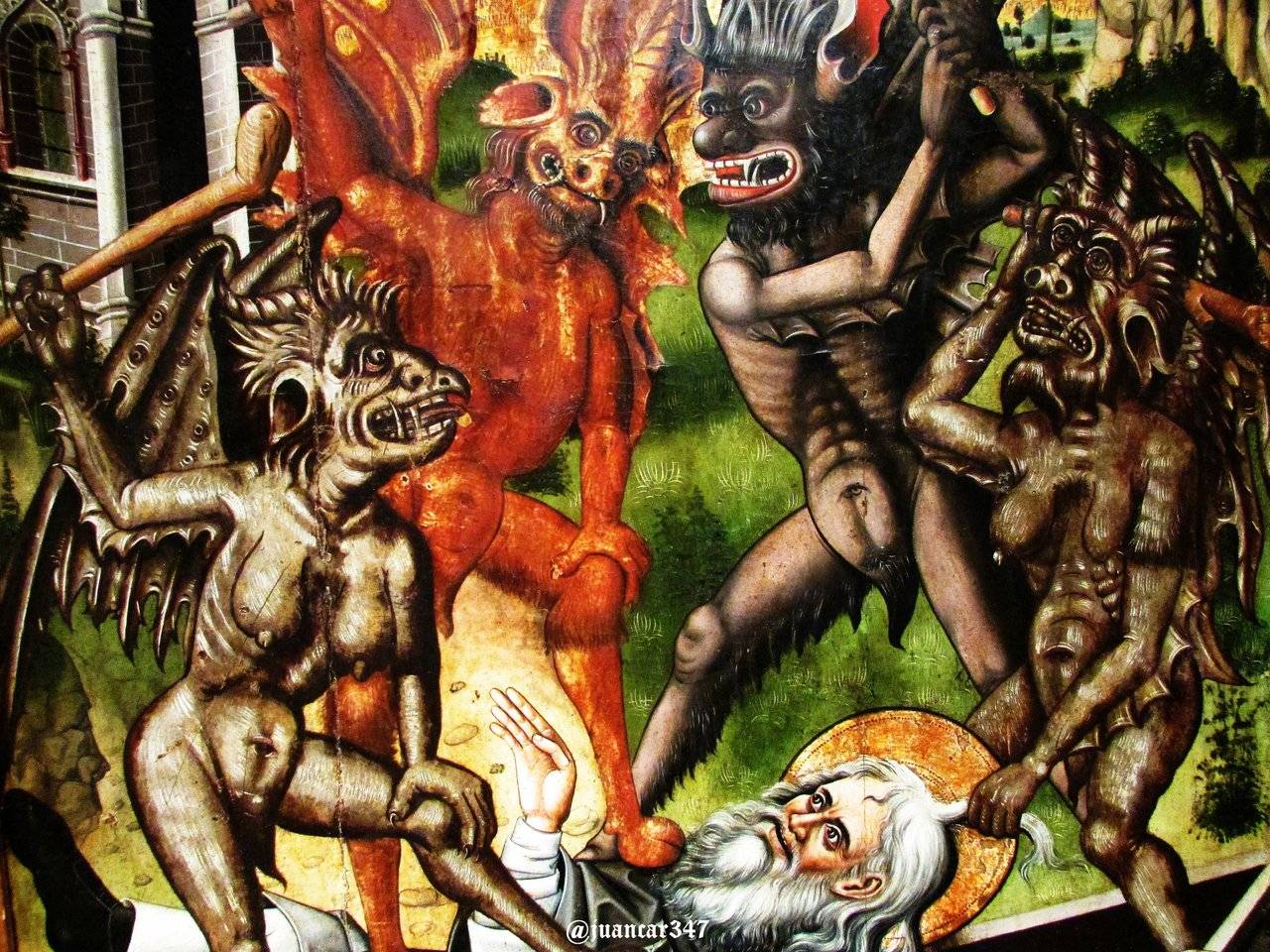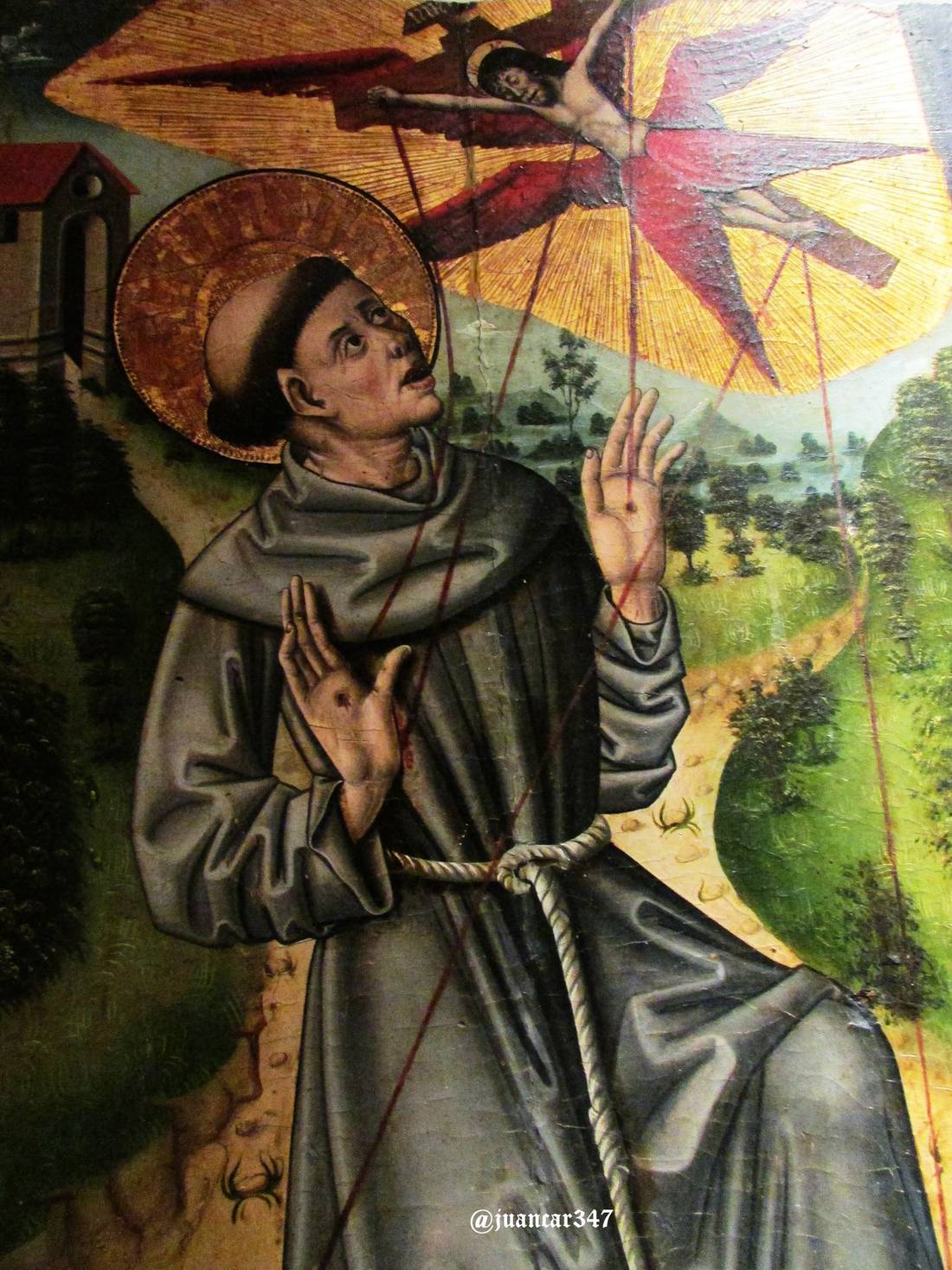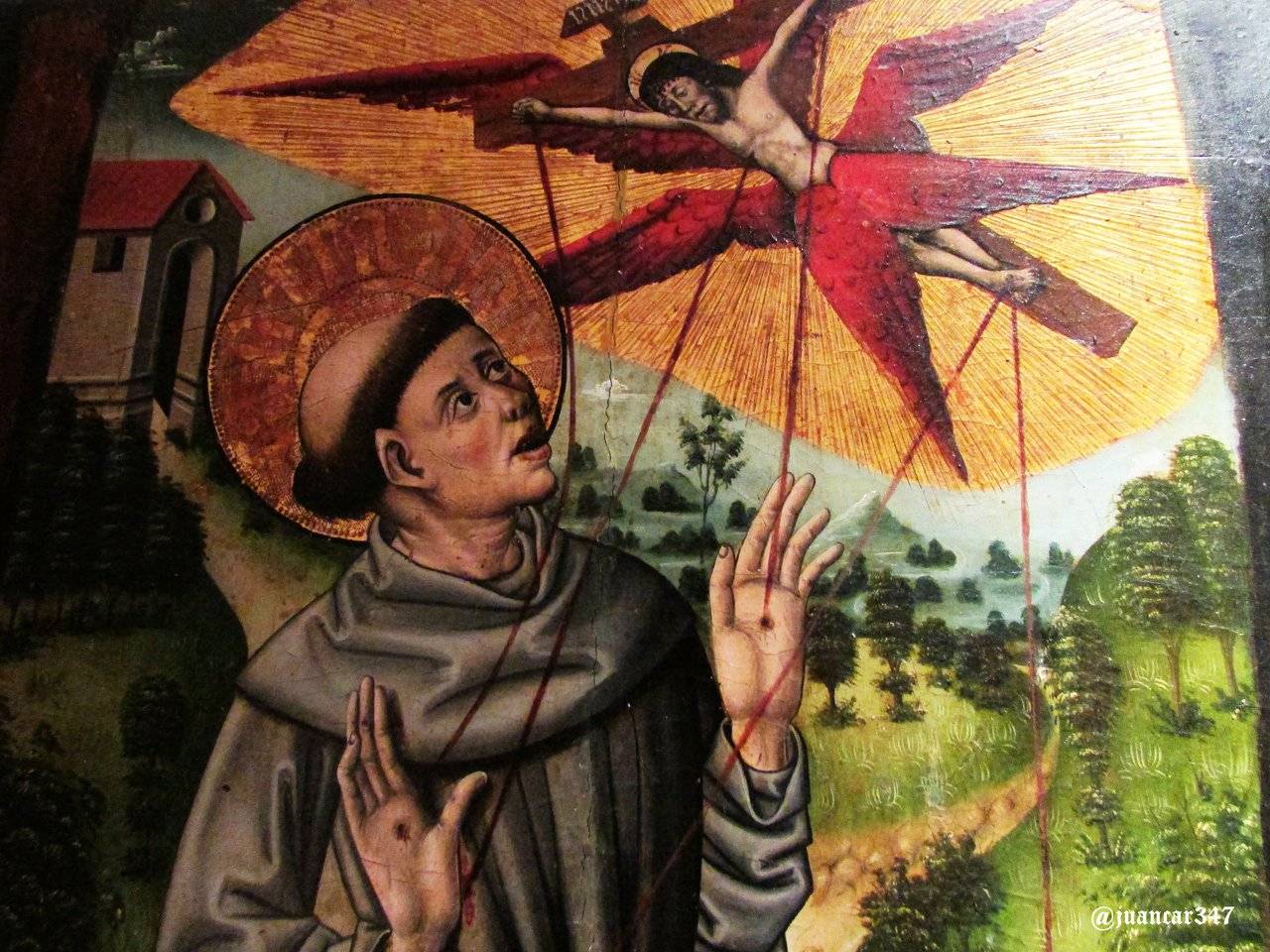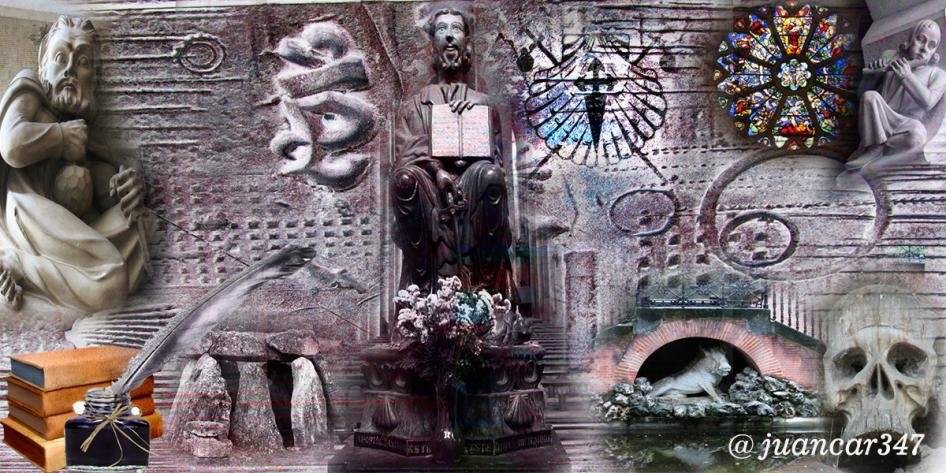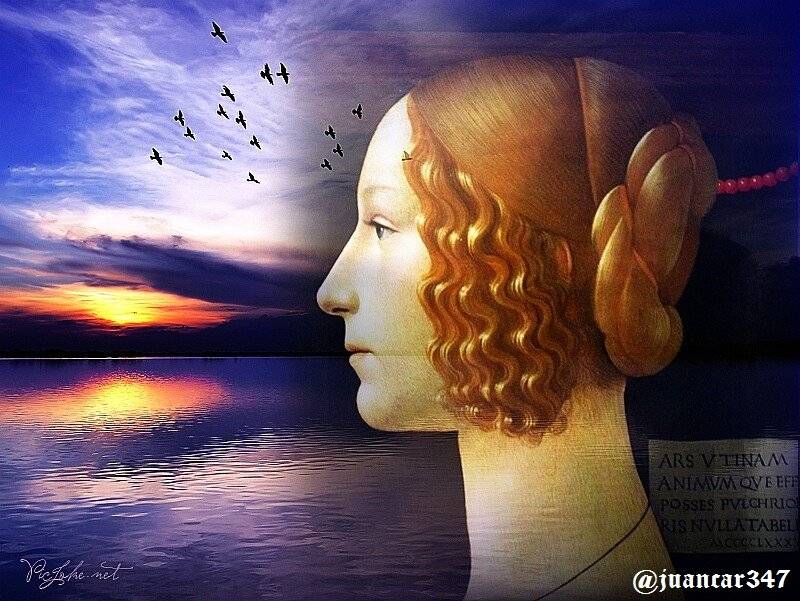After observing with genuine interest that processional cross or Lignum Crucis that, according to what is said, belonged to the Templar knights of Ponferrada, and be carried away by the sublime magnetism of the formidable Marian images that are located mainly on the ground floor of the museum, the pilgrim now focuses his attention on the spell of the magnificent gothic altarpieces, which are, of course, another of the inherent glories of the place.
Anonymous, although belonging to well-known European schools, offer an idea of that cultural traffic that, protected in the ways of communication related to the Ways of Santiago, was growing and evolving also, as the 'argótico' style - as defined by that The great modern enigma that was Fulcanelli was sowing of wonderful stone forests -the cathedrals- the main cities of the West.
Its details and its themes, however, induce in the thoughts of the pilgrim ideas, questions and doubts, in some cases tendentious, as tendentious, it supposes, with a certain degree of cause, those issues that could be framed within the supposed mysteries of the Christianity.
The theme of the first of the altarpieces, which bears the genuine title of The Invention of the Cross, makes your imagination fly far away, to those early times of Christianity and to the figure, secondary in this case, of an emperor, Constantine, who was the first or the first, they say, to use the benefits of Religion as a political weapon of State, once the power is assured, after the relevant events that occurred supposedly before, during and after the Battle of Puente Milvio and the defeat definitive of his rival, Magencio.
Constantino does not appear in the altarpiece, but Helena, his mother, who, after making a pilgrimage to the Holy Places, was made, according to tradition, with the authentic Vera Cruz, the cross where Christ was crucified, the sacred talisman that always marched in front of the crossed armies when they were going to enter battle and that was lost irremisiblemente in 1271 in the battle of the Horns of Hattin, that was the beginning of the aim of the Christian Kingdom of Jerusalem and also, once definitively lost Holy Land, part from the beginning of the end of the most charismatic of the religious-military orders of the time: the Order of the Temple.
Oil on panel, from the 15th century, the pilgrim is curious about some of the details in which, he thinks, the imagination of the anonymous artist recreated an idyllic, European landscape, unfit for the aridity of a place like Jerusalem and certainly far from the -in theory- sinister constitution of a mountain, the Golgotha -repossessed, presumably also, of Adam- where supposedly the holy wood was buried and forgotten.
Saint Helena is accompanied by a very specific number of ladies, three, and the pilgrim, if not meticulous at least yes suspicious, wonders if perhaps in the mind of the unknown executor floated the heterodox whiff alluding to the Triple Goddess, ego the Three Celtic mothers, ego the Three Marys.
More curious is still possible, another oil executed on wood and with a similar technique to the previous one, also of the XV century, which bearing the title Appearance of the risen Christ to the apostles, shows the rational and incredulous Thomas -which is not the Didymus or twin - inserting the fingers into the wound produced in the side by the spear of Longinus, and wondering, intrigued, why Thomas is allowed that touch -see to believe, not believe to see- and the reaction, supposedly before the First witness of the Resurrection, Mary Magdalene, constitutes a rejection, under the formula of the words 'noli me tangere', that is, do not touch me, which usually accompany that other representation.
The pilgrim then asks himself, observing the supernatural scenes that accompany the life, temptations, torments and death of San Antonio Abad -something more modern than the previous ones, since they belong, according to specialists, to the first quarter of the XVI century- if perhaps the anonymous teacher was also inspired by the grotesque conceptions of Dante's Inferno when representing those annoying and eternal anarchists of temptation and beatific torture, present in the life of all hermit, who are demons.
There is, however, reflects the pilgrim, something decidedly familiar in that throwing the house out the window, which centuries after the death of San Antón, became fashionable in the humiliated and humiliated Hesperia of the seventh century and that originated beautiful legends, worthy of the purest nobility baturra, in the charismatic life of twilight saints, such as San Frutos and San Saturio.
More real, however, seems to him the presence of the Black Angel, the Angel of Death, possibly kept at bay by that Guardian Angel, who sometimes is not such a good shepherd, but when present does not allow the other cheat - as in the Romanesque psychostasis - with the vital clock of the human -both or not- chosen.
Possibly, stranger and even a probable strangeness, is, finally, the representation of San Francisco -santo who signed, precisely with the Tau that distinguished the good of San Antón-, and not by the signs of the stigmas of the Passion - that there were already modern precedents that also gave the bell, like the Bongiovanni brothers- but because of the strange representation of a Christ endowed with wings, perhaps representing that symbolic pelican that opens its chest to feed its children, but that, Once, and through pain, he also offers part of that Chalice of Bitterness that another angel, in turn, presented to him in the Garden of Olives, before the cock crowed three times, Peter denied him many more and the tree awaited his flesh and its blood.
Related movie:
NOTICE: originally posted on my blog MEMORIES OF A PILGRIM. Both the text, photographs, and video (except music, reproduced under a YouTube license) are my exclusive intellectual property. The original entry, where you can check the authorship of juancar347, can be found at the following address: https://jc347.blogspot.com/2014/11/la-magia-gotica-del-museo-catedralicio.html
If you liked what you have read and seen, I invite you to know the world of: @ juancar347
designed by: @txatxy
ARS OBLIVIONIS
ARS VTINAM MORE S/ANIMVM QVE EFFINGERE/POSSES PULCHRIOR IN TER/RIS NVLLA TABELLA FORET'
'ARTE, OJALÁ PUDIERAS REPRESENTAR EL CARÁCTER Y EL ESPÍRITU. NO HABRÍA SOBRE LA TIERRA IMAGEN MÁS BELLA'
[Martial, latin poet]
Travel Resources for your trip to Spain
Recommended by TravelFeed
Flights: We recommend checking Kiwi.com to find the best and cheapest flights to Spain.
Accomodation: Explore the best places to stay in Spain on Booking.com, Agoda and Hostelworld.
Travel Insurance: Medical emergencies abroad can be pricey, but travel health insurance is not. We always use SafetyWing for affordable and reliable coverage.
Car Rental: For hassle-free car hiring, DiscoverCars is our trusted choice with a wide selection of vehicles.
Internet: Got an eSIM compatible phone? Airalo is perfect for reliable internet access during your trip. Just install it before you go, and you're set!
Day Trips & Tours: We recommend GetYourGuide for a variety of well-organized and enjoyable activities.
Travel Planner: Need a hand planning? Our free travel planner chatbot is your personal guide to Spain. Chat now.
Disclosure: Posts on TravelFeed may contain affiliate links. See affiliate disclosure.
